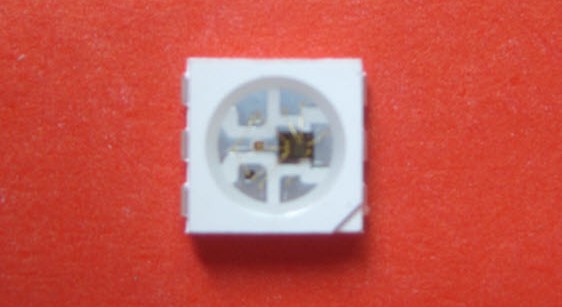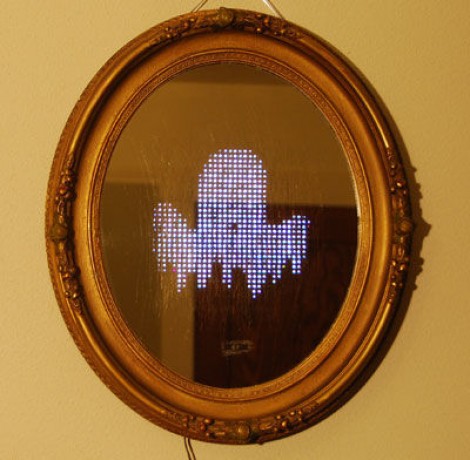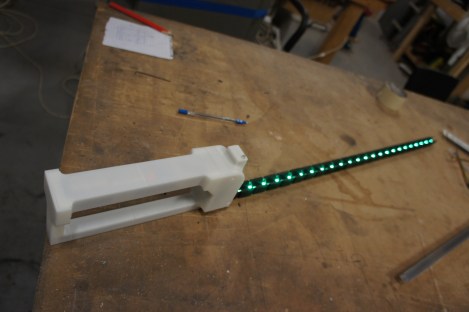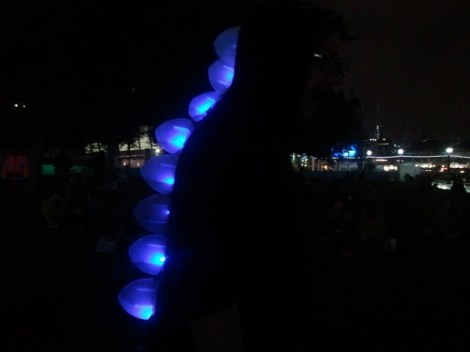This non-traditional Christmas tree in Victoria, British Columbia is bringing people together this holiday season. It boasts over 800 lights that react to sound. You can see the pulsing and color changing that go along with some Tuba carols in the clip after the break.
The art installation was commissioned by the Downtown Victoria Business Association. A great big cherry tree was adorned with strings of individually addressable RGB LED Christmas lights. They are controlled by a system which calculates changes based on onset, energy and frequency analysis of sound picked up by multiple microphones. The effect is delightful and it’s not just musicians getting in on the fun. Passersby can’t seem to help themselves from yelling, clapping, and singing to make the tree sparkle.
Also included in the project is an interactive stop-motion animation film. It’s projected on the side of a building and invites viewers to send a text message to interact with it. A video of this is also found after the jump.
Continue reading “Sound Reactive Christmas Tree Makes Folks Happy”

















